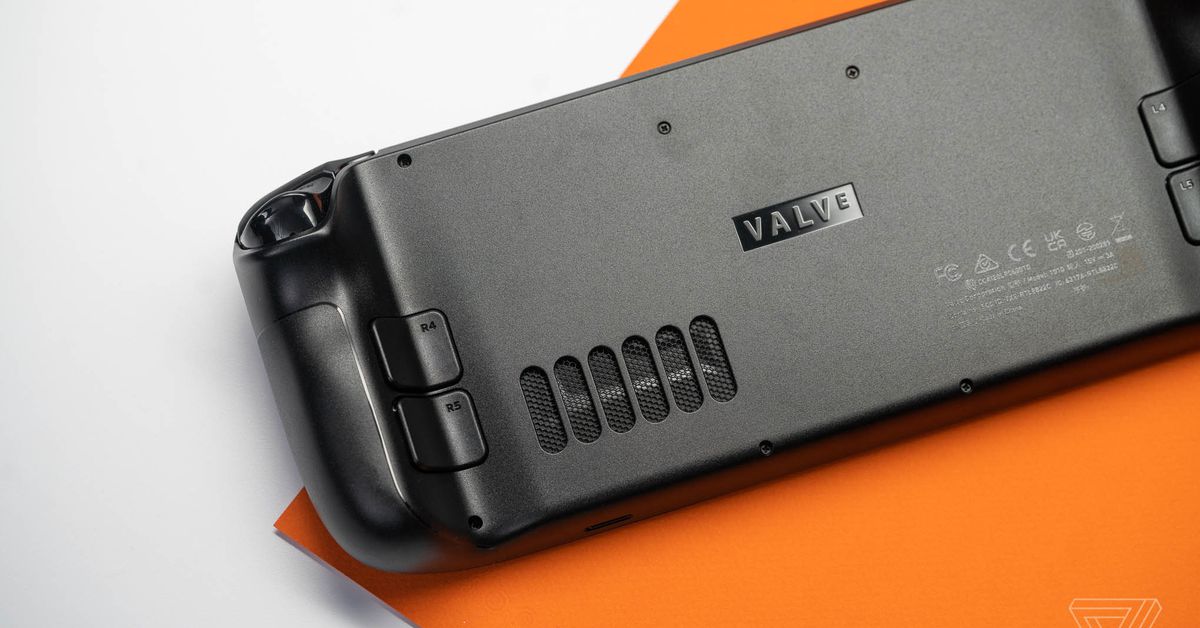- cross-posted to:
- games@lemmy.world
- hardware@lemmy.ml
- steamdeck@sopuli.xyz
- cross-posted to:
- games@lemmy.world
- hardware@lemmy.ml
- steamdeck@sopuli.xyz
A few more points from the (referenced) CNBC video: https://twitter.com/StreetSignsCNBC/status/1704971310361629080
- Would like work with other hardware manufacturers to adopt SteamOS
- Happy to see other manufacturers participating, making different decisions
- Right now no Steam Deck VR headset, but explore more in the future
- Keep working on the current SteamOS, version 3.5, hardware side focusing on the supply chain
- Current iteration is a stable performance target, sweet spot for the new releases



This is the best summary I could come up with:
Now, Valve’s Pierre-Loup Griffais tells The Verge and CNBC that it could be late 2025 or beyond before it raises that bar — because it wants to see a leap in performance without a significant hit to battery life.
Griffais credits “a targeted optimization effort in the Mesa radv Vulkan driver by our graphics driver team” to support unusual features like ExecuteIndirect, explaining that Valve learned how to optimize a similar GPU-driven rendering pipeline when it added support for Halo Infinite.)
All that said, Valve might totally still have a Steam Deck refresh in the works that doesn’t change the performance floor.
Screen and battery are the top pain points both Griffais and fellow designer Lawrence Yang want to address in a Steam Deck sequel, too, they told me in late 2022.
Or perhaps it just waits, and Valve’s mystery Galileo / Sephiroth turns out to be the long-awaited SteamVR standalone headset.
There’s also a theory that maybe Galileo is a Steam living room PC that can beam graphics to a headset, but Griffais threw some cold water on that idea last week.
The original article contains 501 words, the summary contains 183 words. Saved 63%. I’m a bot and I’m open source!